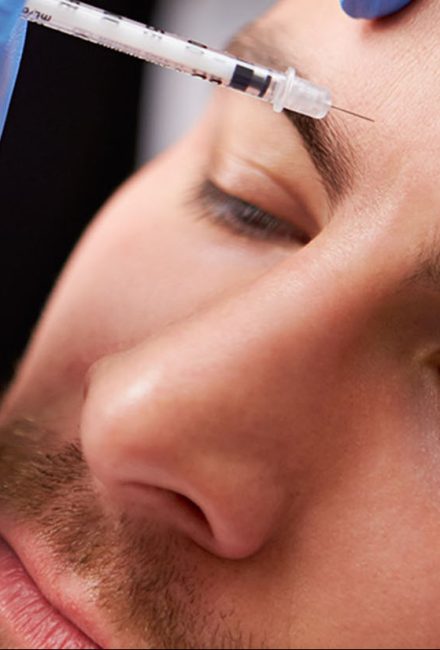Most people have never heard the word philtrum, much less realize that they have one on their face. So, what is philtrum enhancement and is there an alternative to philtrum surgery?
What is a philtrum?
Philtrum refers to the vertical groove that runs from your nose to your upper lip, bordered by ridges. This is the place where the left and right side of the skin grew together in the womb and it forms late, which is why a cleft lip is a common birth defect. Fetal alcohol syndrome can also leave a baby to be born without a philtrum.
Why do we need it?
The philtrum allows for certain facial expressions and helps us speak clearly. Cosmetically speaking, it is seen as an attractive feature on the face, giving the mouth a sexy, perky look and serves as a connection between the lips and nose. As we age, it also helps take up some of the loose skin that appears as our lips deflate and lines begin to form.
If you weren’t born with a strong philtrum, the good news is that you can easily have one created with injectable fillers. In fact it doesn’t take that much filler, often a half of a vial or less will do the job.
Philtrum and associated lip enhancements
Re-creating or creating a philtrum is a common part of lip enhancement and although most people don’t even think about the philtrum, once it has been re-constructed, they realize its importance.
When the lips lose volume over time, they begin to crinkle and thin. The philtrum flattens and the upper lip tends to roll under and in some cases, completely disappear. As we age, we can experience bone loss and muscle atrophy, and increased space between the nostrils and the upper lip—all adding to a complete change of shape in the mouth and lips.
If the space between the nose and upper lip is unusually long and beyond the help of fillers, a surgical lip lift and rebuilding of the philtrum may be necessary, but in many cases philtrum surgery is not necessary.
Most people opt for temporary, hyaluronic acid filler treatments to build the philtrum and re-shape the cupid’s bow peaks of the lips, which is where the philtrum ends. That way, if they aren’t crazy about the way it looks, it will have disappeared in 6-9 months or it can be dissolved any time by the doctor with an injectable enzyme called hyaluronidase.
In many cases, redefining the lip border, the cupid’s bow, the philtrum, and adding a small amount of lip volume is necessary if the lips have completely lost their shape and flattened.
Non-surgical lip and philtrum augmentation is best performed by a very experienced doctor or qualified injector who knows the right amount of filler to use and where to put it so it looks natural and not “ducky.”
It’s best to approach lip enhancement with a “less is more” plan of injecting. You can always add more in a few weeks. Going overboard on the first philtrum enhancement may be more change than a person is comfortable with.



